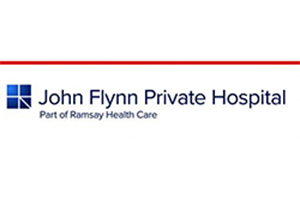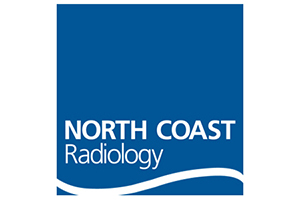Billed as “a new roadmap which brings together health partners from the acute and primary health and tertiary education spaces”, the Northern NSW Medical Workforce Plan 2020-2026 released on 30 June 2020 charts how primary health, regional training and the hospital system can work together to identify and plan for the health needs of the region.
A specific focus is the medical workforce that will be needed in years to come, according to Professor Ross Bailie, Director, University Centre for Rural Health, who said giving junior doctors a clear pathway for rural and regional training placements is key to securing their interest in working regionally in the longer term.
“Increased training opportunities should enable early career doctors to stay and work in rural areas without the need to return to metropolitan-based teaching hospitals to further their training,” Prof Bailie said.
“It is vital that the training opportunities in rural and remote Australia are in the areas where there’s going to be a future need, and this plan helps us determine where those needs will be.”
Collaborating in the plan are the Northern NSW Regional Training Hub – Lismore (The University of Sydney), the Clarence Valley Training Hub (University of Wollongong), the Northern NSW Local Health District (NNSWLHD) and North Coast Primary Health Network (NCPHN).
NNSWLHD Chief Executive, Wayne Jones said, “Rural training and career opportunities are an essential stepping stone to having a strong health workforce.
“Attracting early career doctors to stay and work in rural areas also relies on having comprehensive training available outside metropolitan centres.
“We’re already making inroads, but this strategic planning and analysis highlights how important it is to work together in having a sustainable medical workforce for our communities.”
The plan builds on the available medical placements and training in the Richmond and Clarence Valleys to provide a basis for a framework to develop the medical workforce over the next seven years, taking into account population growth to determine future medical workforce needs to 2026.
The Northern NSW Regional Training Hubs (RTHs) in the Richmond and Clarence Valleys are part of a national strategy that aims to strengthen the rural health workforce by providing rural training and career opportunities for junior doctors.
“We’ve seen very promising ideas at both the state and federal levels, resulting in programs which will allow young medical practitioners to complete various stages of their medical training in rural areas,” said University of Wollongong Dean of Graduate Medicine, Paul de Souza.
“Through the development of specific rural health departments in universities, the establishment of rural clinical schools, increased placement opportunities in rural areas, the recent establishment of Assistants in Medicine positions, and pilot programs of rural junior medical officer training and employment, we can now see there are growing opportunities to attract medical students and graduates to rural and remote communities, which has immense benefits for the health of this region.”
The Medical Workforce Plan forms the framework for delivering integrated rural training pipelines that benefit regional medical students, as well as other young people in rural areas who might be thinking about studying medicine but are keen to stay close to home.
The Northern NSW Medical Workforce Plan 2020-2026 is viewable on the Northern NSW LHD website.















